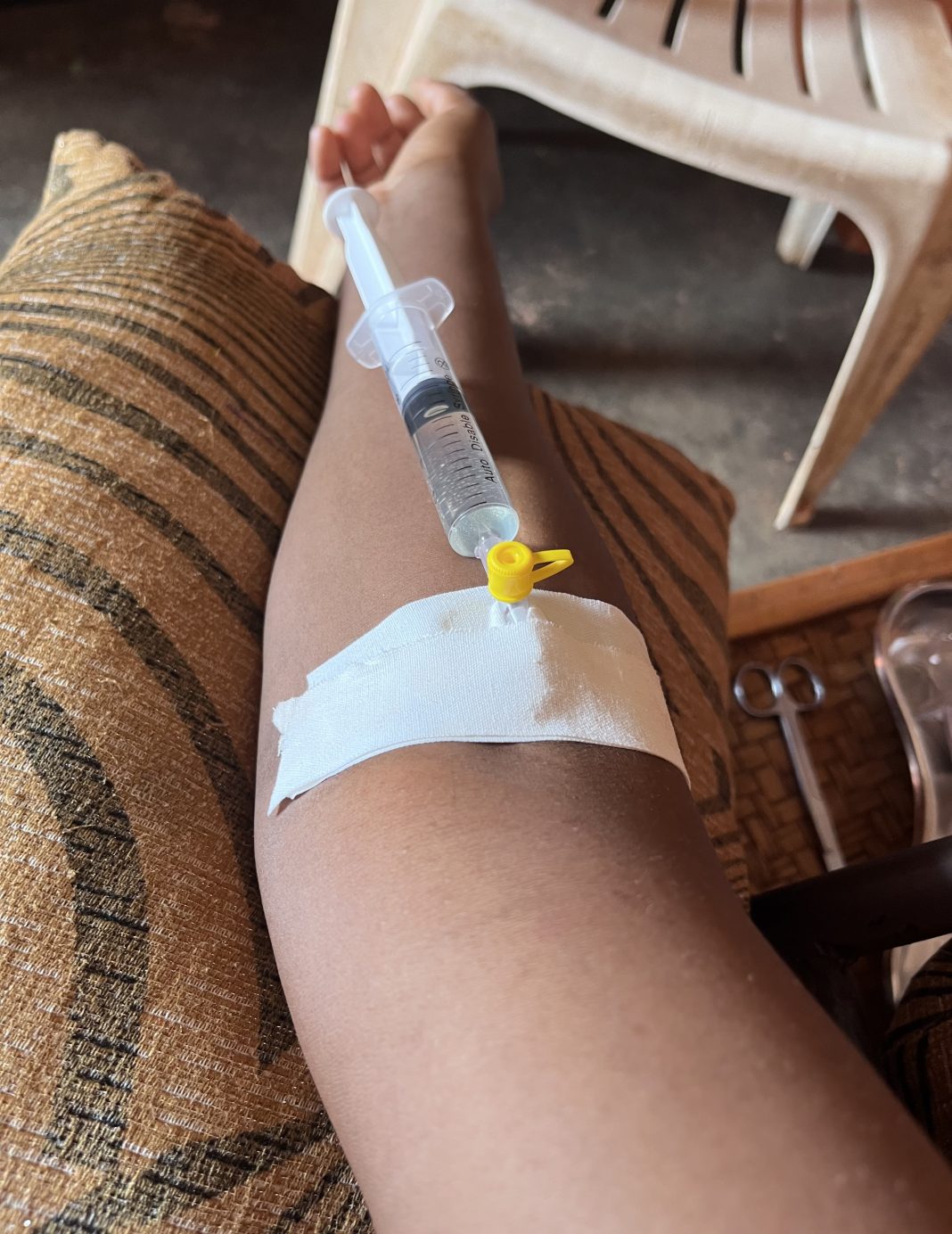By Precious Baba
Malaria remains one of the most pressing public health challenges in Uganda, a country where the disease is both endemic and perennial. Despite significant efforts to combat it, malaria continues to cause substantial morbidity and mortality, particularly among vulnerable populations.
Uganda experiences some of the highest rates of malaria in the world. The World Health Organization (WHO) estimates that malaria accounts for up to 40% of outpatient visits and 20% of hospital admissions in the country. The disease disproportionately affects children under five years of age and pregnant women, with over 10,000 deaths attributed to malaria annually in these groups alone. Malaria transmission occurs throughout the year, with peaks often coinciding with the rainy seasons when mosquito breeding sites proliferate. Katanga and Kirinanya, two of Uganda’s informal settlements exemplifies the challenges faced in controlling the disease with residents residing in overcrowded conditions, dealing with inadequate sanitation, and having limited access to healthcare.
In these communities, many houses are makeshift structures lacking proper windows and doors, which means residents are more exposed to mosquito bites. Furthermore, stagnant water found in numerous open drains and puddles serves as ideal breeding sites for malaria transmitting mosquitoes. Additionally, the limited access to healthcare means that many cases of malaria go untreated or are treated too late, leading to severe complications and sometimes death.
Efforts to combat malaria in Uganda, and specifically in areas like Katanga and Kirimanya have included various strategies such as the distribution of insecticide-treated nets (ITNs), indoor residual spraying (IRS), and public health campaigns aimed at educating the population about preventive measures. However, these interventions face significant challenges.
While Insecticide Treated Nets (ITNs) have been shown to be effective in reducing malaria transmission, their distribution in these regions and similar areas is often hampered by logistical challenges. Furthermore, even when nets are available, they may not be used consistently because the nets wear out and are not replaced.
Indoor Residual Spraying (IRS) involves spraying the interior walls of homes with insecticides. While effective, its implementation in densely populated communities are difficult and also, many residents are reluctant to participate because they cannot afford to disrupt their daily activities for the spraying process.
In addition, access to healthcare is limited in these communities. Many residents cannot afford medical treatment, and health facilities are often understaffed and under-resourced. This situation leads to delays in diagnosis and treatment, which exacerbates the spread and severity of malaria.
Addressing the root causes of mosquito breeding requires substantial improvements in infrastructure and sanitation. This includes better waste management, drainage systems, and housing conditions. However, such large-scale infrastructure projects require significant investment and political will, which are often lacking. Local health volunteers have been instrumental in distributing ITNs, educating residents on their proper use, and encouraging early treatment of malaria symptoms. These grassroots efforts, supported by non-governmental organizations (NGOs) and international aid, are crucial in bridging the gap where government interventions fall short. Innovative solutions, such as the use of mobile health technologies, are also being explored to improve malaria diagnosis and treatment. Mobile phones can be used to send reminders for taking medications, providing health education, and even enabling remote consultations with healthcare providers.
Malaria remains a formidable health challenge in Uganda, where informal settlements like Katanga and Kirimanya bear a disproportionate burden. While significant progress has been made in malaria control, substantial barriers remain. Addressing these requires a multifaceted approach that combines effective disease management with improvements in living conditions and healthcare infrastructure. By focusing on community-based solutions and leveraging technological innovations, there is hope for reducing the impact of malaria and improving the health outcomes for the residents of Katanga, Kirimanya and other similar communities across Uganda.








